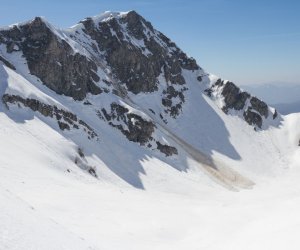Мартино стал главным тренером сборной Аргентины

Бывший главный тренер «Барселоны» Херардо Мартино возглавил сборную Аргентины.
Как сообщает «Спортс.ру», соглашение рассчитано до 2018 года.
51-летний специалист сохранил весь свой штаб, который помогал ему в Каталонии, что являлось одним из условий согласия. Его ассистентами останутся Хорхе Паутассо и Элвио Паолороссо.
Предыдущий наставник сборной Алехандро Сабелья ушел в отставку после того, как аргентинцы заняли второе место на чемпионате мира - 2014, уступив в финале сборной Германии.
ANN.Az
Similar news
Similar news
Latest news 
More news 



































 Photo
Photo 



 Video
Video 

